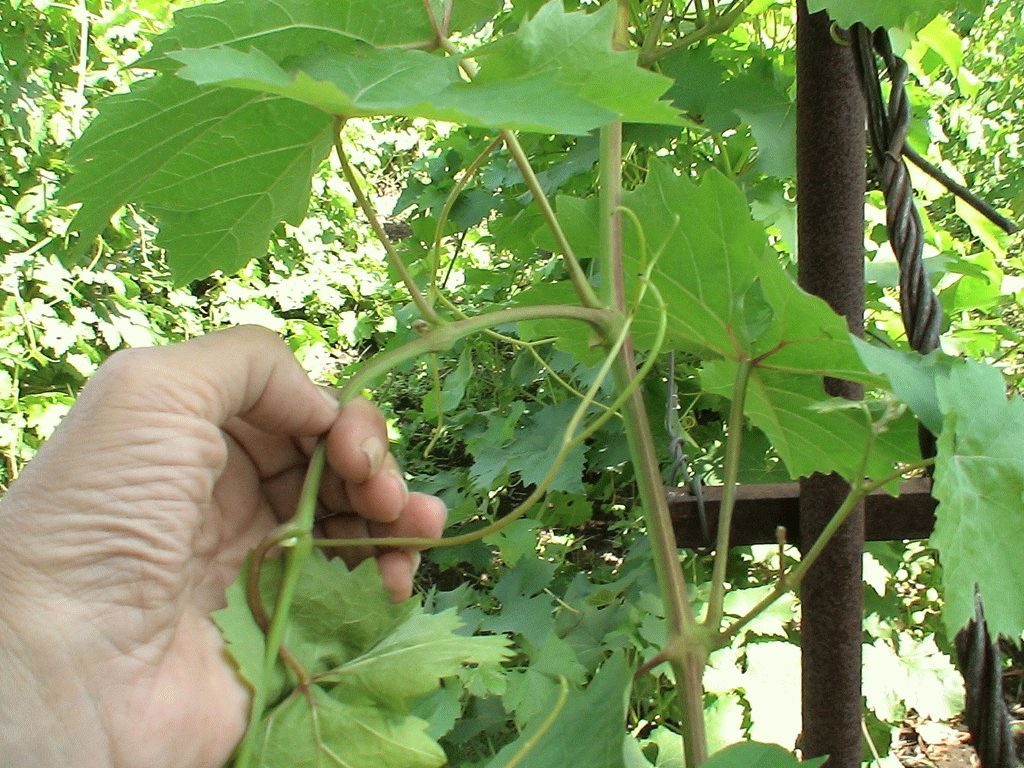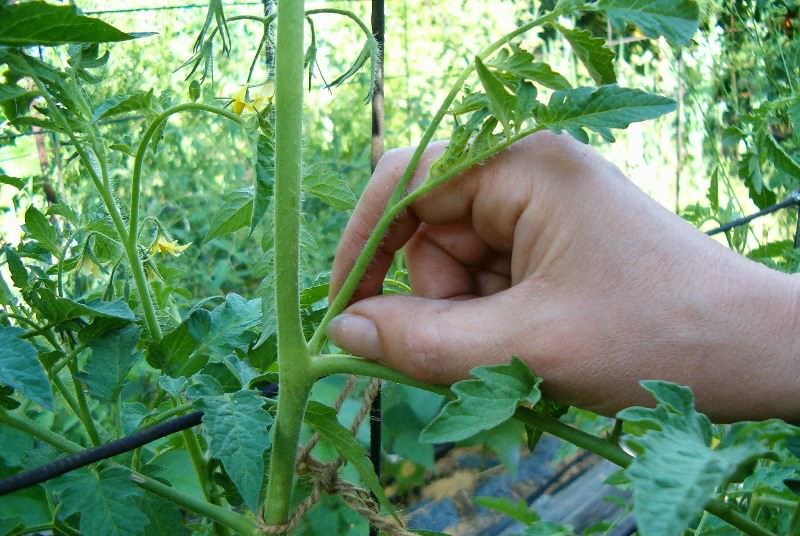The growth of a plant and its development is largely determined by the structure laid down by nature, its ability to change and agricultural technology. Many people believe that every biological system has nothing superfluous, everything is interconnected and performs a certain role. However, when growing a vineyard, gardeners often wonder about the benefits of grape tendrils.
In fact, the tendrils of grapes are modified shoots. Ordinary shoots are intended for the growth of grapes, but the function of the antennae is so that the plant can attach to the support and continue to move along it or along those obstacles that will stand in the way of the bush. The grape bush grows similarly to a liana, but only forms stronger and harsher branches. Upon reaching maturity, they cannot bend and remain in the same shape. And since the plant only becomes larger every year and cannot hold its own weight, it is necessary to use antennae for fastening.
Mustaches are formed in the buds, and further development is strictly opposite to the leaf, in turn with it. Such a structure is necessary so that they do not get confused, but not everything is so simple. Some antennae are still able to pinch the shoots and sleeves, thereby slowing down the movement of sap in the plant. In addition, the tendril draws off nutrients no less than an ordinary leaf. Therefore, the question arises whether it is necessary to cut off the mustache from the grapes, and what to do with them at all?
Grape tendrils: should they be cut and when?
The whiskers of grapes are modified shoots, so they also need nutrition and part of the plant's strength is spent on their growth. Because of this, the general generative development and the formation of the hands are impaired. Not receiving the necessary microelements, flowers begin to fall off strongly, the fruits become very small. This is most characteristic of varieties that have large inflorescences, for example, Karaburn, Alexandria Muscat, Kishmish, Nimrang and others.
The antennae are not only tied in the buds, but also arise from the inflorescences. That is, at a certain moment, the inflorescence can stop developing into a bunch. Most often this occurs in those bushes, the lower part of which is weaker than the main one and does not keep pace with its growth. This is facilitated by frequent precipitation at very high temperatures, excess nitrogen fertilizers. It is noteworthy that the inflorescence can become a tendril, but the tendril itself will never change into another shape.
If the seedling is young and only forms the main shoots, does not tie inflorescences, then you have to wait with the breakage of the antennae. The vines that have not yet formed are weak, the branches are soft. Therefore, it is difficult for an underdeveloped plant to control itself. Moreover, self-tying will be ineffective, since there is a risk of pinching the branch, in this case a natural fastening in the form of a mustache is the best option. Thanks to them, in the early stages of growth, the grapes stretch up and gain growth until they get stronger in order to create fruits.
The grown vines, ready for fruiting, are cleaned by the growers in the fall, but the mustache pruning should take place throughout the summer. If you remove the excess in the summer, you will be able to correct the growth of the shoots. In addition, when the time comes, the neat appearance and shape of the vineyard will allow you to effortlessly harvest fruits without having to wade through the thickets. There are other pluses:
- Improves access to the sun's rays to the ovaries;
- All nutrition is directed to the brushes, and therefore, the yield will be higher.
- When pruning, the bush is forming properly.
However, it should be understood that if you start to pull off your mustache, you need to do this regularly throughout the season.
Instructions for trimming grape mustaches
First of all, when it became necessary to cut the antennae, prepare the tools. The most convenient way to do this is with secateurs. If this tool is not available, you can do it with ordinary scissors. Make sure your inventory is sharpened before trimming. If secateurs or scissors have previously been used on other crops to remove diseased branches, they must be thoroughly cleaned and disinfected. Carelessness in handling them can lead to infection of healthy plants with diseases of other plantings.
The next stage is directly trimming the antennae. In this case, you do not need to bring the pruners too close to the main vine. If you remove them directly under the root, a wound will remain on the main branch, into which bacteria or fungus can easily enter. It is optimal to retreat about 1 - 1.5 cm from the base, then the cut site will quickly tighten and the plant will tolerate cleansing well.
When working with vines, you need to pay attention to other parts in addition to the antennae. A thorough examination will help identify diseases or pests on the vines, notice the need to adjust the crown of the bush and weak zones. After work, you need to remove all the scraps so that nothing remains on the ground.
Mustaches are beneficial not only for appearance, but also for the general condition of the body. If you use a mustache of grapes to create an infusion, you get a remedy with a tonic and restorative effect. It is believed that such tinctures have a beneficial effect on the genitourinary system, eliminate salt deposits and help in removing kidney stones.
Therefore, we can say that the grape whiskers should be removed so that they do not interfere with the formation of the fruit. Help from them is essential only in the first years of grape growth, but then the harm becomes more. These shoots are very tenacious and active, one pruning is, naturally, not enough for them. It is important to help plants maintain balance - to monitor the ratio of vines, bunches. However, one should not assume that with the removal of the mustache, a bountiful harvest will immediately form. Eliminating unnecessary shoots is just one of the few vineyard maintenance procedures. It will be possible to achieve the maximum return from the crop using a set of measures for proper planting, care and protection from diseases and pests.














